
For the people not familiar with its history, this particular cancer test bears the name of its “inventor” Dr. George N. Papanicolaou. The investigation technique itself is usually employed during an annual gynecological examination with the aim of investigating whether any changes have occurred in the cervix cells. The cervix represents the lower area of the uterus that opens into the woman’s vagina. By performing a regular analysis of the cells situated in the cervix, a gynecologist is able to determine and discover whether cervical cancer is present or not, and do so in its still early phase, which automatically means that there are greater chances for a successful treatment. Also if performed on an even more regular basis, the test in question can point out even to the precancerous cervical alterations, and also to vaginitis, various infections, as well as to a certain disease that is transmitted sexually. This test also has the potential to reveal such severe illnesses as the uterus and ovary cancer.
Target group
As far as the specific group who should take this test is concerned, it is recommended that actually all women who are sexually active (18 years of age and older) perform this test on a yearly basis. This is especially significant for those women who belong to the group of women who are at increased risk of developing the cervical cancer. A woman belongs to this group in case she has had an abnormal Pap smear in the bygone years, as well as if a woman in question suffered once from the vaginal/vulvar cancer, or in case a mother of the woman in question used to take the hormone diethylstilbestrol while pregnant. Another contributing factor to the development of cervical cancer is her sex related habits. In case, a woman began indulging in sex fairly early in her life, or has had quite a few partners, also if she has had a sexual intercourse with a person who suffered from penis cancer or with a person who has had a disease transmitted by means of a sexual intercourse, she is considered to be a part of the risk group.
Preparation
The best way to make sure that the test is accurate is not to take any sort of vaginal medications within 48 hours of the test, as well as not douche inside that same time frame. Sexual intercourse within the 24 hours prior to the test, will also interfere with the final results and influence them in a negative way.
The procedure
Prior to performing the test, the first thing a gynecologist will do is investigate in detail your medical history, especially that relevant and directly related to the woman’s reproductive health. In case there was no Pap smears previously done, the gynecologist will probably inquire into the dates of the last performed test. Another extremely important thing not to be disregarded is informing your doctor of any problematic issues you might have had during the menstrual period, due to certain medications you are taking – birth control pills and hormones, for example.
Given the fact that tests are rarely hundred percent accurate, the Pap smear is not much different, since it cannot guarantee such precision either. But in case results do come back too irregular, then the first and topmost thing to do is visit your gynecologist immediately in order to make sure if the further testing would give the same results or not, which is essential for the proper and timely treatment.



_f_280x120.jpg)
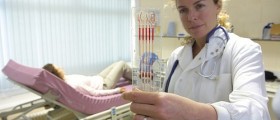



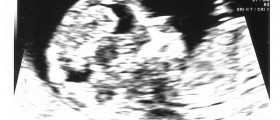
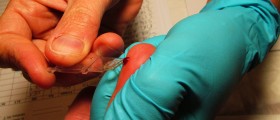
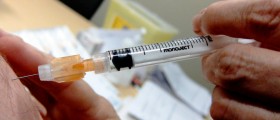



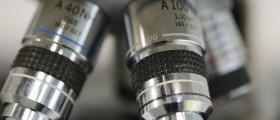
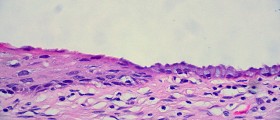

Your thoughts on this
Loading...